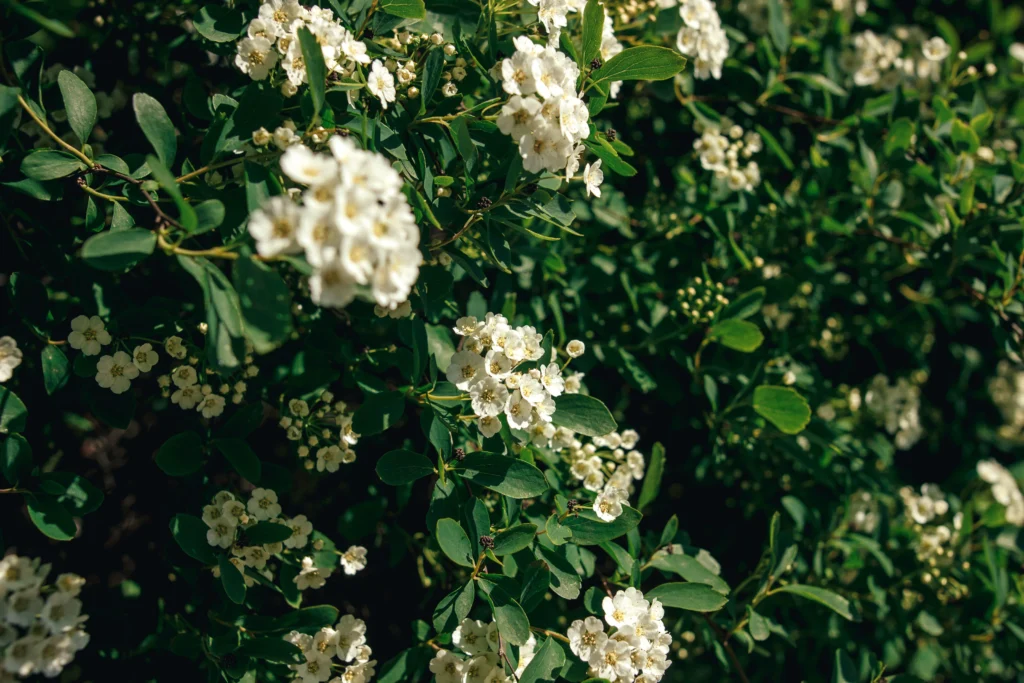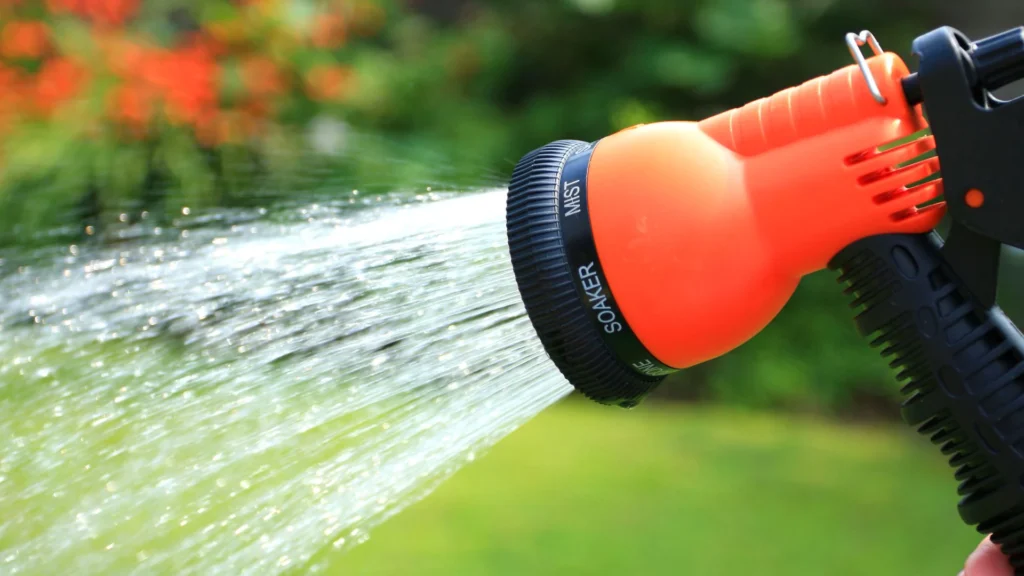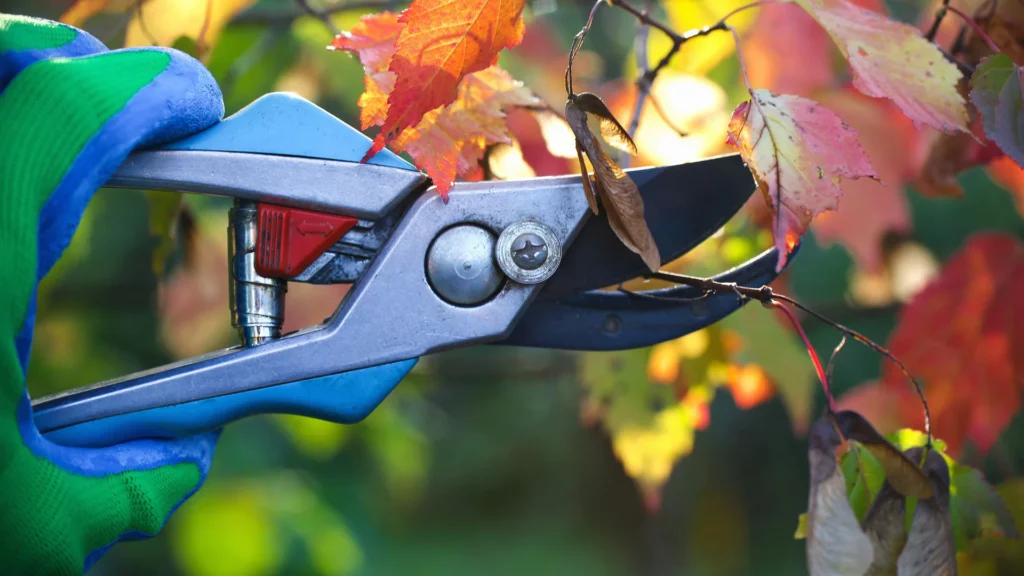Welcome to the ultimate timing guide for planting shrubs in Southern Wisconsin! Are you a gardening enthusiast looking to create a vibrant and beautiful landscape? Do you want to ensure your shrubs thrive in the unique climate of Southern Wisconsin? Look no further, because this guide has got you covered. From understanding the best time to plant shrubs to providing essential tips for successful growth, we have compiled everything you need to know. Southern Wisconsin’s climate poses unique challenges for gardeners, with its cold winters and unpredictable weather patterns. However, with the right timing and preparations, you can create a stunning garden that flourishes year-round. So, grab your gardening gloves and get ready to discover the secrets to planting shrubs in Southern Wisconsin like a pro!
Understanding the Climate and Soil Conditions in Southern Wisconsin
Before embarking on your shrub planting journey, it’s crucial to understand the climate and soil conditions in Southern Wisconsin. The region experiences a humid continental climate, characterized by cold winters and hot, humid summers. The USDA Hardiness Zone for Southern Wisconsin ranges from Zone 4a to 5b, meaning the average minimum winter temperature can drop as low as -30°F. This information is vital because it determines which shrub varieties are suitable for your garden.
In terms of soil conditions, Southern Wisconsin has a diverse range of soil types. The most common soil types include loam, clay, and sandy soils. Loam is considered the best soil type for shrubs as it offers a balanced combination of sand, silt, and clay. However, regardless of your soil type, proper preparation and amendment can help create an optimal environment for your shrubs to thrive.
Timing Considerations for Planting Shrubs in Southern Wisconsin
Timing is crucial when it comes to planting shrubs in Southern Wisconsin. The best time to plant shrubs is during the spring or fall when the weather is mild and the soil is workable. Spring planting allows the shrubs to establish their root systems before the hot summer months, while fall planting gives them a head start for the following spring. However, it’s important to avoid planting during extreme weather conditions such as heatwaves or frost. Additionally, keep an eye on the weather forecast and choose a day when the soil is moist but not overly saturated.
Best Shrub Varieties for Southern Wisconsin

When selecting shrub varieties for your Southern Wisconsin garden, it’s important to choose those that are hardy and well-suited to the region’s climate. Here are some popular shrub varieties that thrive in Southern Wisconsin:
1. **Lilacs** – Known for their stunning fragrant flowers, lilacs are a favorite in Southern Wisconsin. They come in a variety of colors and sizes, and their blooms add beauty and fragrance to any landscape.
2. **Spirea** – These deciduous shrubs offer delicate clusters of flowers and are known for their low maintenance requirements. They are a great option for adding color and texture to your garden.
3. **Hydrangeas** – With their large, showy blooms, hydrangeas are a popular choice for Southern Wisconsin gardens. They come in different varieties, including the classic mophead and the lacecap, and can be grown in both sun and shade.
4. **Forsythias** – These early-blooming shrubs produce brilliant yellow flowers that signal the arrival of spring. They are hardy and can tolerate a wide range of soil conditions, making them a versatile choice for Southern Wisconsin gardens.
5. **Witch Hazels** – Witch hazels are known for their unique, spidery flowers that bloom in late winter or early spring. They add a touch of color to the garden during the cold months and are a great choice for those looking to extend their flowering season.
Remember to choose shrub varieties that are well-suited to your specific gardening conditions, including sun exposure, soil type, and moisture levels.
Preparing the Soil for Planting Shrubs in Southern Wisconsin
Proper soil preparation is essential for the success of your shrubs in Southern Wisconsin. Start by clearing the planting area of any weeds, rocks, or debris. Loosen the soil using a garden fork or tiller, breaking up any compacted areas. This will improve drainage and allow the roots to penetrate the soil more easily.
Next, perform a soil test to determine its pH level and nutrient content. Most shrubs prefer a slightly acidic to neutral soil pH, ranging from 6.0 to 7.0. If your soil pH is too high or too low, you can amend it by adding organic matter such as compost, peat moss, or well-rotted manure. These amendments not only help adjust the pH but also improve soil structure and fertility.
Additionally, consider adding a layer of mulch around the shrub after planting. Mulch helps retain moisture, suppresses weeds, and regulates soil temperature. Organic mulch, such as wood chips or shredded bark, is recommended as it breaks down over time, enriching the soil.
Step-by-Step Guide to Planting Shrubs in Southern Wisconsin
Now that you have prepared the soil, it’s time to plant your shrubs. Follow these step-by-step instructions for successful planting in Southern Wisconsin:
1. **Dig the Hole** – Dig a hole that is slightly wider and deeper than the root ball of the shrub. The hole should be deep enough so that the top of the root ball is level with or slightly above the surrounding soil.
2. **Remove the Container** – Gently remove the shrub from its container, making sure not to damage the roots. If the roots are tightly bound, loosen them with your fingers or a knife.
3. **Place the Shrub** – Carefully place the shrub in the hole, ensuring that it is centered and upright. Backfill the hole with the amended soil, firming it gently around the roots.
4. **Water Thoroughly** – After planting, water the shrub thoroughly to settle the soil and eliminate any air pockets. Provide enough water to moisten the entire root ball and surrounding soil.
5. **Mulch and Stake** – Add a layer of mulch around the shrub, leaving a small gap around the base to prevent moisture buildup. If the shrub is tall or prone to wind damage, consider staking it for support.
6. **Monitor and Maintain** – Regularly monitor the shrub’s watering needs and adjust accordingly. Water deeply but infrequently, allowing the top few inches of soil to dry out between waterings. Prune as necessary to maintain shape and remove dead or damaged branches.
Watering and Care Tips for Newly Planted Shrubs in Southern Wisconsin

Proper watering is crucial for the establishment and growth of newly planted shrubs in Southern Wisconsin. Here are some tips to ensure your shrubs receive the right amount of water:
– **Watering Frequency** – During the first growing season, water your newly planted shrubs deeply once or twice a week. This encourages the roots to grow deep into the soil, making the shrub more resilient to drought.
– **Watering Depth** – Water deeply to ensure the water reaches the root zone. A general rule of thumb is to provide one inch of water per week, including rainfall. Use a rain gauge or a small container placed near the shrub to measure the amount of water applied.
– **Watering Technique** – Water at the base of the shrub, avoiding overhead watering. This prevents water from evaporating before it reaches the roots and reduces the risk of foliar diseases.
– **Mulching** – Maintain a layer of mulch around the shrub to conserve moisture and reduce weed competition. Keep the mulch a few inches away from the base of the shrub to prevent rot.
– **Monitor Soil Moisture** – Regularly check the soil moisture by sticking your finger into the soil. If it feels dry, it’s time to water. If it feels moist, wait a day or two before watering again.
Common Mistakes to Avoid When Planting Shrubs in Southern Wisconsin
While planting shrubs in Southern Wisconsin can be a rewarding experience, it’s important to avoid common mistakes that can hinder their growth. Here are some mistakes to avoid:
– **Planting Too Deep** – Planting the shrub too deep can lead to rotting of the stem or suffocation of the roots. Make sure the top of the root ball is level with or slightly above the surrounding soil.
– **Overwatering** – Overwatering can drown the roots and lead to root rot. Follow the recommended watering guidelines and adjust accordingly based on the weather conditions.
– **Planting in Unsuitable Locations** – Choose shrub varieties that are suitable for the specific location in your garden, considering factors such as sun exposure, soil type, and moisture levels. Planting in unsuitable locations can result in poor growth and decline.
– **Neglecting Maintenance** – Regular maintenance, including pruning, fertilizing, and pest control, is essential for the health and appearance of your shrubs. Neglecting these tasks can lead to poor growth and susceptibility to diseases.
– **Ignoring Winter Care** – Southern Wisconsin experiences harsh winters, so it’s important to provide winter protection for your shrubs. Consider using burlap or other protective covers to shield the shrubs from cold temperatures and drying winds.
Pruning and Maintenance for Shrubs in Southern Wisconsin

Pruning is an important aspect of shrub maintenance in Southern Wisconsin. Proper pruning helps promote healthy growth, shape the shrub, and remove dead or damaged branches. Here are some tips for pruning shrubs:
– **Timing** – The best time to prune shrubs in Southern Wisconsin is during late winter or early spring, before the new growth begins. Avoid pruning during the fall as it may stimulate new growth that can be damaged by frost.
– **Tools** – Use clean, sharp pruning tools to make clean cuts and prevent the spread of diseases. Disinfect the tools with a solution of one part bleach to nine parts water before and after each use.
– **Pruning Techniques** – Depending on the shrub variety, use appropriate pruning techniques such as rejuvenation pruning, thinning, or shaping. Remove dead, diseased, or crossing branches to improve air circulation and reduce the risk of pests and diseases.
– **Pruning Tips** – When pruning, make cuts just above a healthy bud or lateral branch. Avoid leaving stubs or cutting too close to the bud, as this can result in dieback or disease entry. Step back regularly to assess the overall shape and balance of the shrub.
In addition to pruning, regular maintenance tasks such as fertilizing, mulching, and pest control are important for the health and vitality of your shrubs. Follow the recommended guidelines for each task to ensure optimal results.
Conclusion and Final Tips for Successful Shrub Planting in Southern Wisconsin
Congratulations! You are now equipped with the ultimate timing guide for planting shrubs in Southern Wisconsin. By understanding the climate and soil conditions, choosing the right shrub varieties, and following the proper planting and care techniques, you can create a beautiful and thriving garden that will be the envy of your neighbors.
Remember to pay attention to timing considerations, prepare the soil adequately, and water and care for your shrubs diligently. Avoid common mistakes and stay on top of pruning and maintenance tasks to ensure the long-term success of your shrubs.br/>
So, grab your gardening tools, put on your sun hat, and get ready to enjoy the beauty and tranquility of your Southern Wisconsin garden filled with lush and vibrant shrubs. Happy planting!
Have a Question about Planting Shrubs?
Give the experts at Thomas Greenhouse and Gardens a call! Reach us at 262-363-3807 or visit us at 420 Maple Avenue in Mukwonago.

